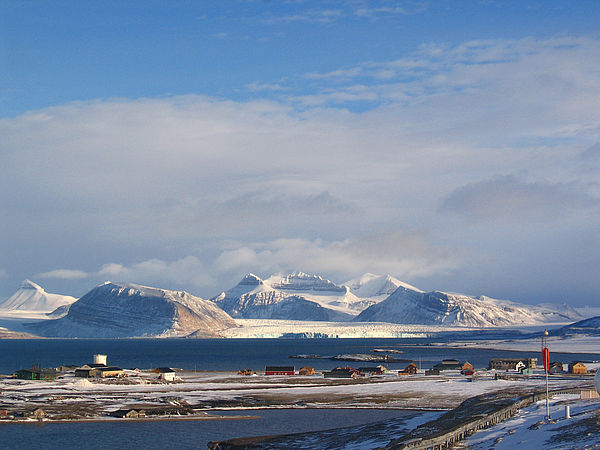
Background
IN0301 | |
UK Arctic Research Station | |
Arctic | |
Open | |
Station | |
United Kingdom | |
Station | |
1991 | |
Seasonal |
Introduction
British Antarctic Survey | |
Ny-Ålesund, 78°55’ N, 11°56’ E is situated on the southern shore of Kongsfjord on the west coast of Spitsbergen, the largest island in the Svalbard archipelago. | |
Due to the influence of the North Atlantic Current, the climate on the west coast of Spitsbergen is milder than any other locations at that latitude. The southern side of Kongsfjord, on which Ny-Ålesund is situated, has 50 km2 of tundra and alluvial plain. Glaciers and sea confine a plant protection area at the head of the fjord. Numerous glaciers of various types occur in the area. Most bird species found in Svalbard are represented in the area with barnacle geese, eiders, auks, terns, and kittiwakes nesting in large numbers. Land mammals include reindeer, fox, and the occasional polar bear. The local fjord is home to ringed, bearded and common seals, walrus, and beluga. | |
The UK has maintained a research station at Ny-Ålesund continuously since 1972. The NERC Arctic Research Station opened in1991. The station comprises 440 m2 of laboratory, workshop, and storage space plus single bedrooms. Additional accommodation can be provided by Kings Bay Company. The station provides laboratory, field equipment, telephone, computer facilities (fast web link), VHF radios, satellite telephones, firearms, and boats. Rental of snowmobiles for specific projects can be arranged. | |
he location is particularly suitable for ecological research, glacial/ periglacial geomorphology, hydrology, and atmospheric chemistry. | |
In 1991, Ny-Ålesund and the surrounding environment were designated as an area solely for scientific research. There are now 14 research stations owned by 10 nations. The Kings Bay Company provides a service infrastructure including air and sea link, power, water, buildings, and a dining facility. During the summer months, June to September, the population in Ny Ålesund reaches 150 persons. During the winter months it decreases to c. 25 persons. | |
There are regular flights between Ny-Ålesund and Longyearbyen (30 minute flight) serviced by a 14 seat Dornier aircraft. Longyearbyen is served by scheduled flights from Norway. The northern shore and islands are easily accessible by boat. |
Operator
Natural Environment Research Council | |
Government | |
British Antarctic Survey | |
nc@bas.ac.uk |
Data Source
Partner Institution
Yes | |
* |
Location
IN0301 | |
78° 55' 0'' N | |
11° 56' 0'' E | |
European Arctic | |
0 | |
0 | |
500 | |
150 | |
150 | |
0 | |
0 | |
Ice-free ground |
Climate
Continuous | |
High Arctic | |
Snow and Rain | |
500 | |
62 | |
E | |
-6 | |
-14.6 | |
4.9 | |
May | |
June | |
June | |
June; July; August |
Features
Biological features; Bird colonies; Blue ice; Bluff; Clear air zone; Coast; Crevasse; Fauna; Fjord; High elevation; Hill; Ice cap or glacier; Lake; Low artificial light pollution; Melt streams; Moraine; Mountain; Permanent snowpatches; Rivers; Rock; Sea; Seal colonies; Shoreline; Snow; Sastrugi; Terrestrial geothermal; Tundra | |
Polar deserts/semi-deserts;Peatlands;Human settlements or resource use in |
Disciplines
Animal tracking; Atmospheric sciences; Bacteriology; Biochemistry; Biogeography; Biology; Biophysics; Botany; Cell and molecular biology; Climate studies; Climatology; Climate change; Developmental biology; Earth and atmospheric sciences–other; Ecology; Ecosystem modelling; Entomology and parasitology; Environmental policy; Environmental sciences; Evolutionary biology; Fisheries modelling; Fishery; Geochemistry; Geocryology; Geology; Geomorphology; Geophysics and seismology; Glaciology; Hydrology; Human impacts; Information sciences; Inorganic chemistry; Isotopic chemistry; Limnology; Mapping; Marine biology; Meteorology; Microbiology; Oceanography; Organic chemistry; Paleobiology; Paleoclimatology; Paleoecology; Paleolimnology; Paleontology; Pollution; Sedimentology; Social science; Soil biology; Soil science; Systems biology; Terrestrial biology; Toxicology; Zoology | |
Fishery; ecosystem function; land-use change |
Human Activities
Yes | |
Yes | |
Yes | |
Yes | |
Yes |
Infrastructure
IN0301 | |
442 | |
77 | |
Biology; Chemistry; Geology; Geophysics | |
0 | |
100 | |
7 | |
Yes | |
Yes | |
Fossil fuel | |
220 | |
24 | |
No |
Staff Capacity
1 | |
25 | |
0 | |
0 | |
15 | |
0 |
Scientific Equipment
Drying ovens, freezers, fridges, centrifuge, fume cupboard, microscopes, balances etc |
Medical Facilities
No | |
0 | |
0 | |
Weapons, VHF radio, map, compass, first-aid kit ,Spare clothing, food | |
100 | |
1 | |
0 | |
0 | |
0 | |
Weapons, VHF radio, map, compass, first-aid kit, satellite telephones, | |
Spare clothing, food, map, compass, weapons, VHF radio | |
Yes | |
No data |
Vehicles
Polarcirkel 560 Workboat | |
Bicycle and hand carts, snowmobiles |
Workshop facilities
ICTS (Staff available to assit with constructions) |
Communications
Computer; E-mail; Fax; Internet; Printer; Satellite phone; Telephone; VHF |
Access
IN0301 | |
Air; Sea |
Aircraft landing facilities
1 | |
800 | |
60 | |
Yes |
Transport and freight
Ski; Skidoo; Walking | |
0 | |
February; March; April; May; June; July; August; September; October; November | |
Pier/Jetty | |
0 | |
January; February; March; April; May; June; July; August; September; October; November; December |
Access To The Facility
Yes | |
Yes | |
Nick Cox | |
nc@bas.ac.uk |
Pictures
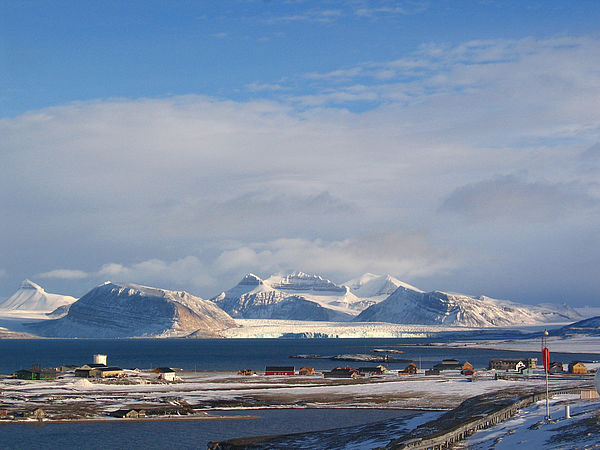 Ny-Ålesund (Credits: Linda Bakken) |
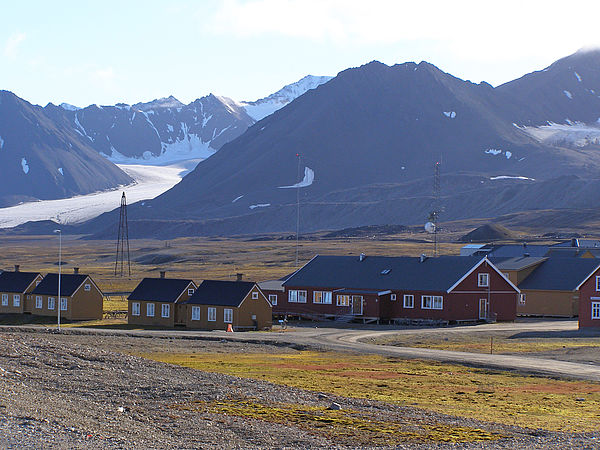 Station building (Credits: Nick Cox) |
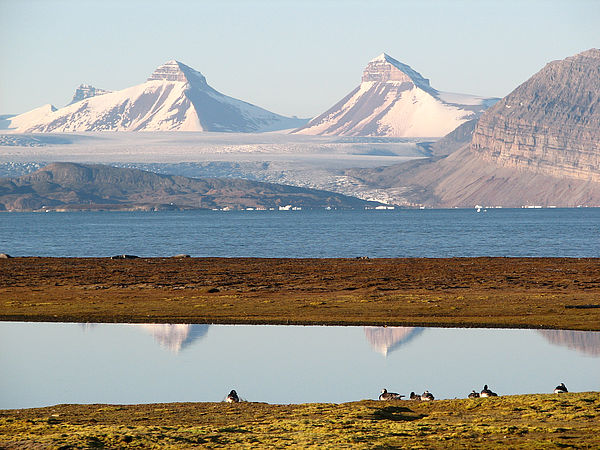 Landscape-fiord and mountains (Credits: Nick Cox) |
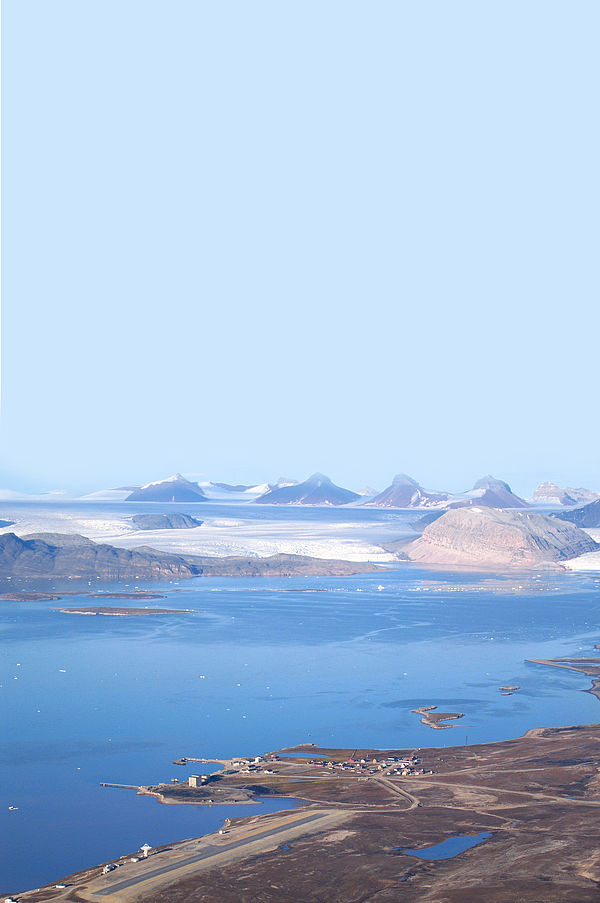 Ny-Ålesund and Kongsfjord (Credits: Linda Bakken) |
